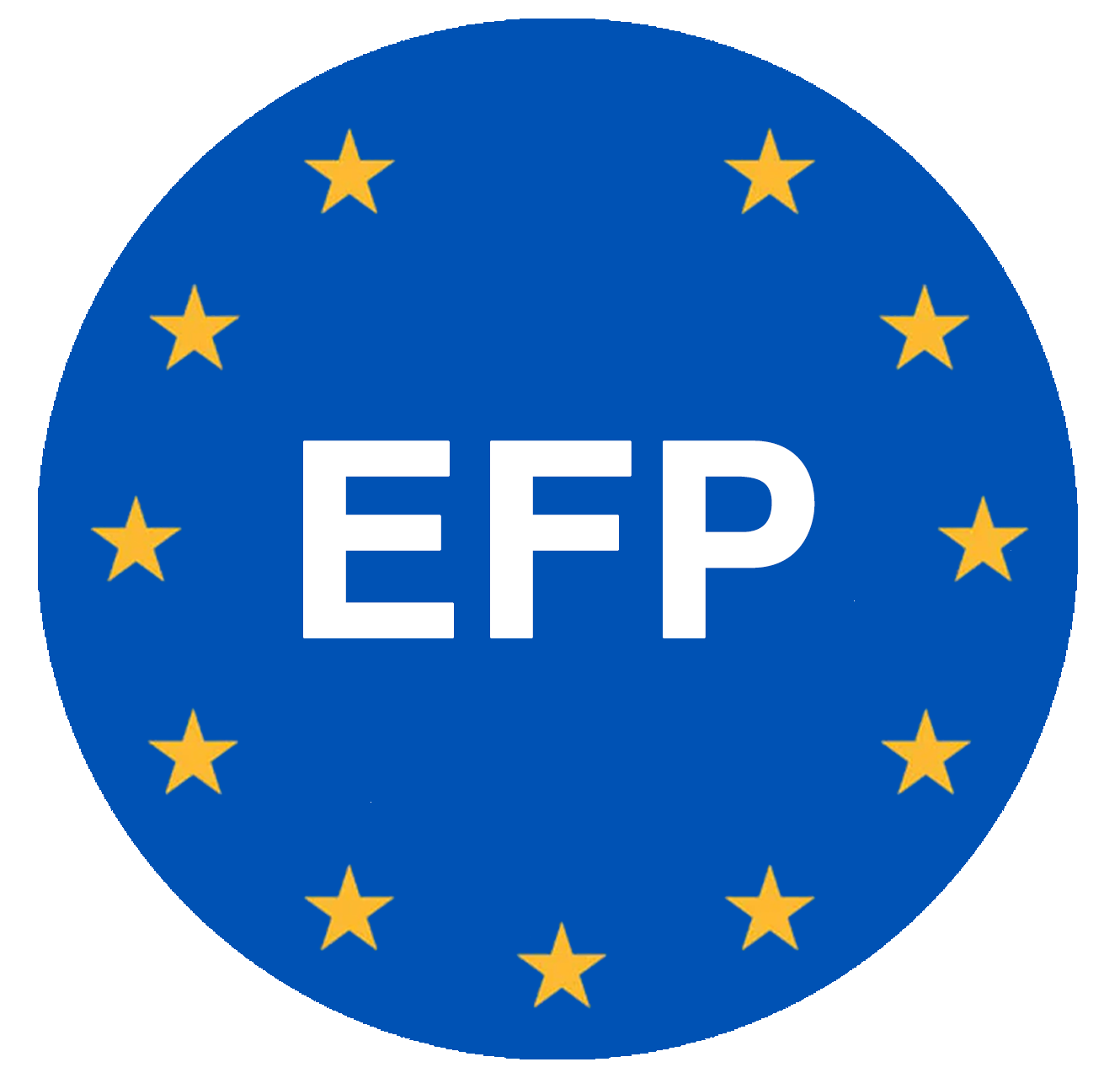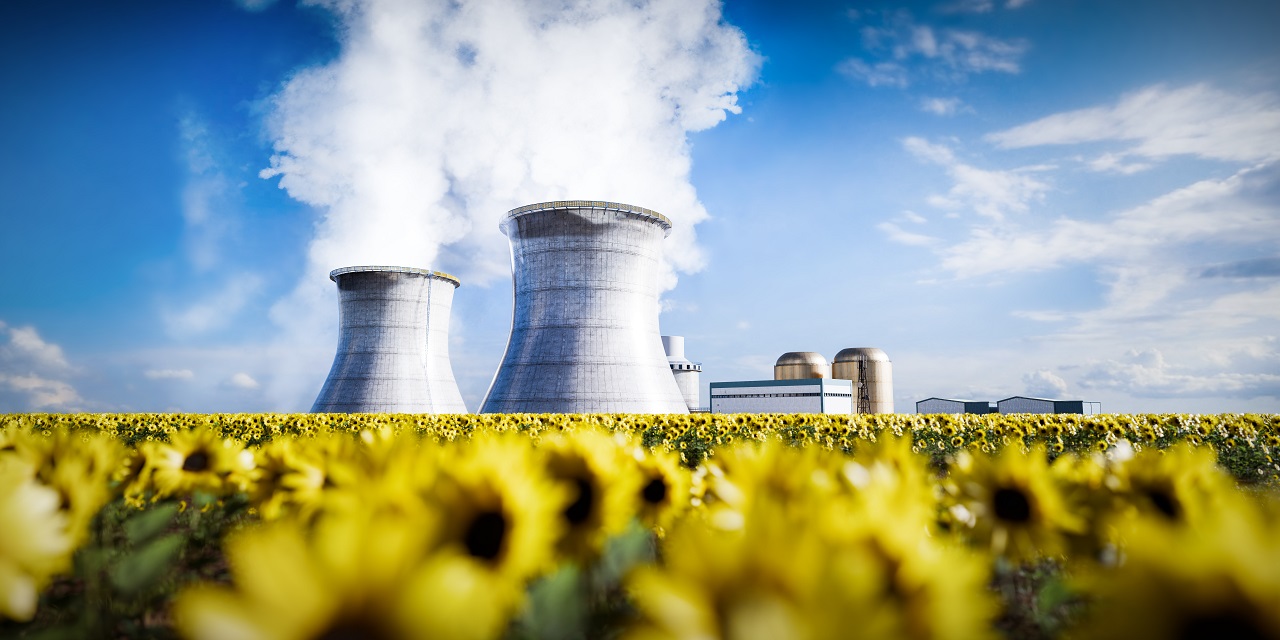Nuclear is making a comeback in Europe, driven by the dual imperatives of achieving net-zero carbon emissions and enhancing energy security. American companies are driving the rebound.
Both the Czech Republic and the Netherlands are adding four new nuclear power plants. Poland, after years of delays, is set to open its first fully operational nuclear power station. Sweden has shifted its energy policy from “100% renewable” to “100% fossil-free,” overturning a 1980 national referendum against nuclear and paving the way to construct at least two large-scale reactors by 2035.
A push to build both large and small reactors is powering this European nuclear renaissance. It aims to help Europe complete the break away from Russian energy while meeting its climate change goals. But the resurgence remains fragile, threatened by Germany’s anti-nuclear reliance and continued reliance on Kremlin-owned uranium.
Until recently, Europeans considered nuclear toxic. It’s not just that the Chernobyl and Fukushima nuclear accidents frightened Europeans. It’s that the technology seemed too expensive and complicated. Finland ordered a 1.6 gigawatt reactor from French-led Areva-Siemens Consortium that was scheduled to open in 2009. But technological problems and cost overruns plagued the project. The original price of €3 billion ballooned to €11 billion, according to the 2019 World Nuclear Industry and the plant only opened in 2022. France’s Electricité de France faced similar delays and cost overruns with its UK Hinkley Point C nuclear power plant.
These stories proved cautionary tales. Since cost estimates proved unreliable, financing big nuclear projects became problematic and challenging. Nuclear power plants are always a multistakeholder endeavor, with dozens of entities involved from the public and private sectors. In my past professional life when I worked as a lawyer in international infrastructure disputes, the Finnish Oliluoto project was a poster child for all things that can go wrong in project finance.
The war in Ukraine has upended the landscape. Governments are now less concerned by the costs and more about the reliability of energy supply and meeting the net zero goals.
After decades of disengagement, America’s nuclear industry is back. A new power plant opened in Georgia opened last August and the US nuclear technology is now competing internationally. American nuclear behemoth, Westinghouse, beat French and Korean bids to build Poland’s first operational nuclear power plant. While Paris and Seoul may secure a slice of the cake in the second phase of Warsaw’s nuclear plan, Washington’s position has been secured by the US Department of Energy’s launch of its first regional Clean Energy Training Center in Poland. The initiative provides a solid foundation for business-driven transatlantic cooperation, regardless of who wins this year’s White House race.
The US is also taking the lead in the emerging market for small modular reactors, which can power up to 300 MW per unit, about one-third of the generating capacity of traditional nuclear power reactors. They are physically a fraction of the size of conventional nuclear power reactors and aim to be faster, cheaper, and safer. Since they are modular and components to be factory-assembled and transported to installation. The global race to develop SMRs is on. The US government launched the Phoenix Project to export the US technology, with Europe being a key target.
Small reactors not only lower costs. They move financing and administration from the central government to the local or to the private sector. In Poland, for instance, the nuclear debate is now increasingly about how to move that burden from the taxpayer to the private sector. Small reactors could help, allowing them to supplement, though not replace, large reactors.
Several hurdles could derail transatlantic nuclear hopes. Doubts linger about whether small modular reactors will truly be the silver bullet. Competition from renewables such as wind and solar, which are becoming more cost-effective, poses a challenge to nuclear’s economic viability. Supply chain issues such as scarcity of critical materials and a shortage of skilled workers, and fluctuating energy prices, represent additional concerns.
Perhaps the main threat to Europe’s nuclear future, however, comes from domestic politics. In Brussels, a bitter battle has erupted over whether to allow EU climate change funds to be used on nuclear. Germany leads the anti-nuclear stance. It turned off its remaining nuclear power plants last year and Berlin is set to open gas-powered plants to make up for the lost nuclear capacity.
Another challenge concerns Russia. State-owned Rosatom controls half of the global uranium processing and enrichment and holds some two thirds of the reactor export market. Russian nuclear experts work with French and Germans to prepare Russian-designed fuel rod conversion, the production of which is currently awaiting approval by the German authorities. Rosatom is also a leading player in the US uranium market. The Biden administration made it a target of US sanctions.
Despite these hurdles, the Ukraine war and the need to cut the umbilical cord with Russian gas should allow Europe to renuclearize. Anti-nuclear political opposition is declining, even in Germany. If the opposition Christian Democrats return to power, they pledge to immediately resume nuclear power plant operations.
An end to the Ukraine war could further boost nuclear. Ukraine itself wishes to add four new units, including the third and fourth reactors at the Khmelnytskyi nuclear power plant. The expansion would aim to compensate for the loss of the Zaporizhzhia plant, Europe’s largest nuclear facility, now under Russian control.
Kiev believes nuclear facilities are less likely to become targets of bombardment in war, due to the catastrophic environmental and geopolitical consequences of a possible release of radioactive material. At the same time, any nuclear construction requires at least a ceasefire. It is both logistically and financially inconceivable to pursue projects of such complexity under the threat of Russian missiles.
Europe now is home to 100 nuclear power reactors that generate 97 gigawatts, about one-quarter of the continent’s electricity. With two reactors currently under construction, seven planned, and 25 proposed across the EU, that percentage is bound to grow. The US needs to play a big role. Both sides of the Atlantic can meet their climate change and energy security goals only by embracing nuclear.
Maciej Filip Bukowski is a 2022 CEPA James S. Denton fellow and a Research Fellow at the Earth System Governance Project. A graduate of Sorbonne and Cornell law schools, he is completing a Ph.D. thesis at the Jagiellonian University on the geopolitics of climate change.
Bandwidth is CEPA’s online journal dedicated to advancing transatlantic cooperation on tech policy. All opinions are those of the author and do not necessarily represent the position or views of the institutions they represent or the Center for European Policy Analysis.



